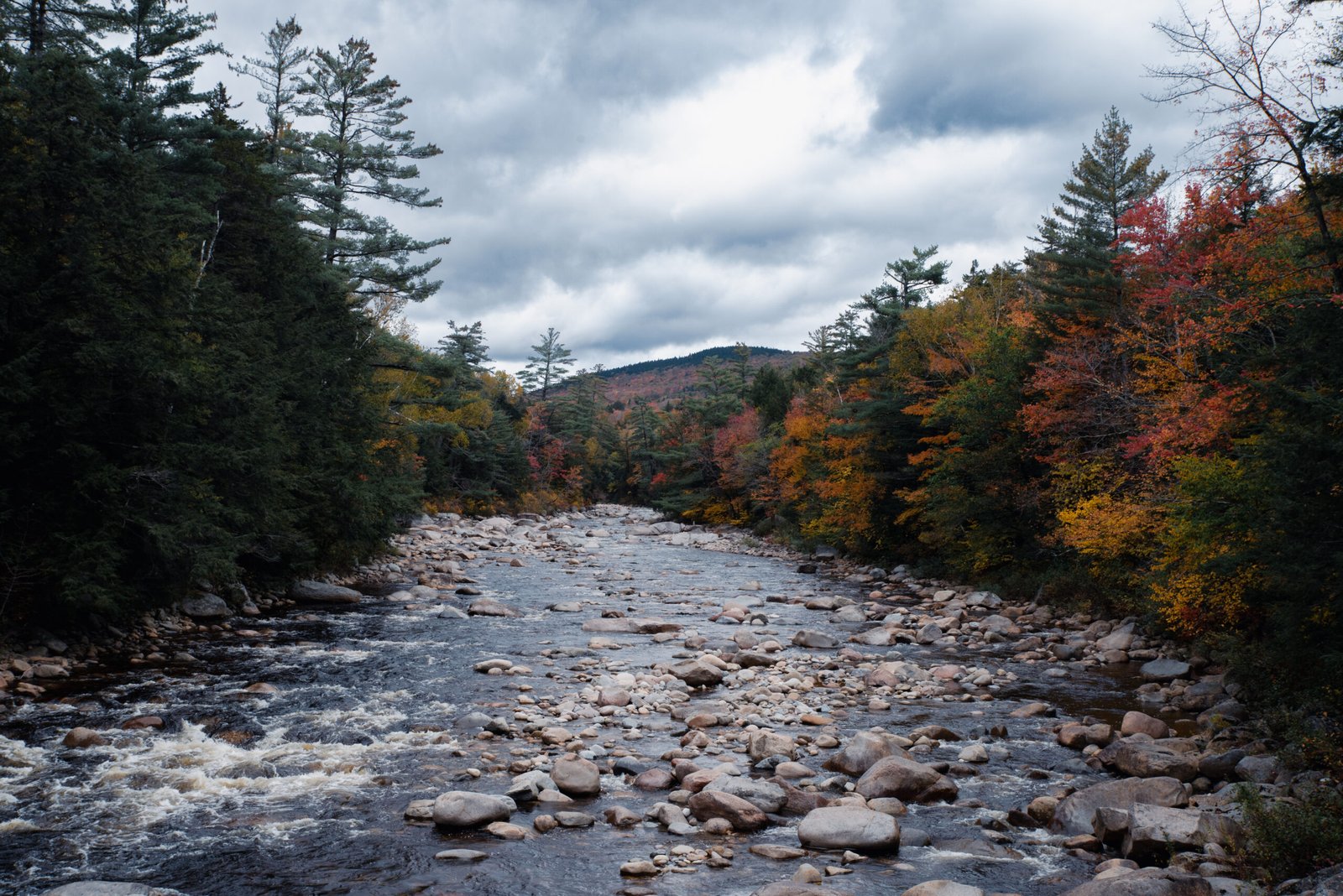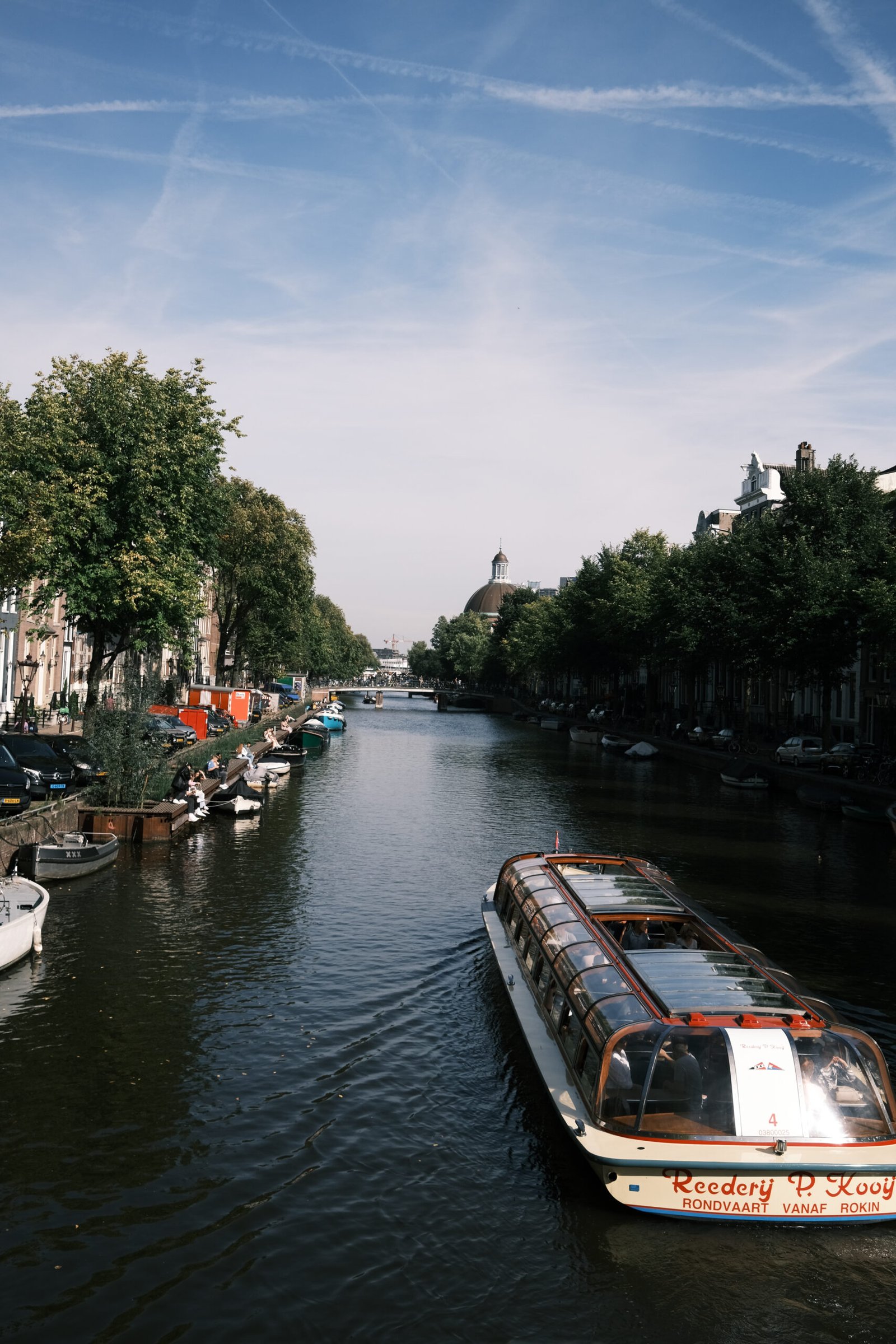
Chevak, Alaska
So you’re interested in learning about Chevak, Alaska? Well, you’ve come to the right place! Sit back, relax, and get ready to discover a hidden gem in the Last Frontier. Nestled in the southwest region of Alaska, Chevak is a small and vibrant city that holds a unique charm. With its stunning natural landscapes, rich Native Alaskan culture, and a warm and welcoming community, Chevak is not just any ordinary city. Whether you’re a nature enthusiast, history buff, or simply someone who craves authentic and unforgettable experiences, Chevak has something to offer for everyone. So, let’s embark on a journey to unravel the tales of this enchanting Alaskan city.

Geography
Location
Chevak, Alaska is a small city located in the southwestern part of the state. Situated on the banks of the Kashunuk River, it is part of the Bethel Census Area. Chevak is approximately 17 miles north of Hooper Bay and is considered to be a rural, remote community.
Climate
As with most of Alaska, Chevak experiences a subarctic climate. Winters are long and cold, with temperatures often dropping well below freezing and snowfall being common. Summers are relatively short and mild, with temperatures ranging from the low 40s to the mid-60s Fahrenheit. The region receives a moderate amount of rainfall throughout the year.
Natural Features
Chevak is surrounded by beautiful natural landscapes. The city itself is situated on a flat terrain, with the Kashunuk River flowing nearby. The area is dotted with lakes and ponds, providing opportunities for fishing and boating. The vast tundra stretches into the distance, offering breathtaking views of the untouched wilderness. This pristine environment is home to a rich variety of wildlife, including moose, caribou, and various bird species.
History
Early History
The region where Chevak is located has been inhabited by indigenous peoples for thousands of years. For the Yup’ik people, Chevak has been an important gathering place and trading hub. They have lived off the land, relying on hunting, fishing, and gathering for sustenance.
Russian and American Influence
In the late 18th century, Russian explorers, fur traders, and missionaries began to arrive in the region. This marked the beginning of a period of change and cultural intersection. With the Alaska Purchase in 1867, the territory came under American authority, and American influence gradually spread throughout the region, impacting the way of life of the Yup’ik people.
Establishment of Chevak
Chevak was officially established as a city in 1967. This came after the completion of a school, which served as a central gathering place for the community. The city has since grown in population and has become a vital hub for the surrounding area.
Demographics
Population
Chevak has a relatively small population, with approximately 1,076 people residing in the city. The population has remained fairly stable over the years, with the majority of residents being of Yup’ik descent.
Ethnicity
The Yup’ik people are the primary ethnic group in Chevak. They have a rich cultural heritage and have preserved their traditions despite outside influences. The community has a close-knit and interconnected feel, with a strong sense of belonging.
Languages
The primary language spoken in Chevak is Yup’ik, which is an Eskimo-Aleut language. English is also widely spoken, serving as the lingua franca of the community due to American influence. The Yup’ik language is an integral part of the cultural identity of the residents and is often used in traditional ceremonies and storytelling.
Infrastructure
Transportation
Given its remote location, transportation in and out of Chevak can be challenging. The city is only accessible by air or by boat during the summer months. The Chevak Airport serves as the main transportation hub, providing connections to other parts of Alaska. Within the city, residents rely on snowmobiles, ATVs, and walking as modes of transportation.
Healthcare
Chevak has a small health clinic that provides basic medical services to the community. However, for more specialized care, residents often need to travel to larger cities like Bethel or Anchorage. The limited access to healthcare facilities is a challenge for the residents, highlighting the need for improved healthcare infrastructure.
Education
Education plays a significant role in the community of Chevak. The Chevak School serves as a central gathering place for students, teachers, and families. The school provides education from pre-kindergarten through high school, ensuring that students receive a comprehensive education. The school also promotes the preservation of Yup’ik culture and offers cultural programs and language classes.
Utilities
Chevak is connected to the electricity grid, ensuring a reliable power supply to homes and businesses. The city also has access to clean water and sanitation services, providing a basic level of infrastructure and amenities to its residents.

Economy
Traditional Subsistence
Traditional subsistence activities are an integral part of the economy in Chevak. Hunting, fishing, and gathering continue to be important for the Yup’ik people, not only for sustenance but also as a way of preserving their cultural traditions. Residents engage in activities such as hunting for moose and caribou, fishing for salmon, and gathering berries and plants from the tundra.
Commercial Fishing
Commercial fishing is another significant economic activity in Chevak. Salmon fishing provides job opportunities and a source of income for many residents. The rich fishing grounds in nearby rivers and coastal waters attract commercial fishing operations during the fishing season, contributing to the local economy.
Tourism
While not a major industry in Chevak, tourism has the potential for growth. The pristine natural environment and rich cultural heritage of the Yup’ik people make the city an attractive destination for those seeking an authentic Alaskan experience. Visitors can immerse themselves in traditional activities, such as fishing, hunting, and cultural events.
Culture
Traditional Yup’ik Culture
The Yup’ik culture is deeply rooted in Chevak, with residents practicing traditional customs and preserving their heritage. Traditional subsistence activities, storytelling, and ceremonies play an essential role in maintaining the cultural fabric of the community. The Yup’ik people have a strong connection to the land and the natural world, which is reflected in their daily lives and cultural practices.
Arts and Crafts
The artistic traditions of the Yup’ik people are showcased through various forms of arts and crafts. Skilled artisans create intricate carvings out of wood and ivory, depicting scenes from Yup’ik mythology and everyday life. Beadwork, basket weaving, and skin sewing are other traditional crafts that have been handed down through generations and are celebrated for their beauty and craftsmanship.
Festivals and Events
Chevak celebrates several festivals and events throughout the year, highlighting the cultural heritage of the community. The Qayak Festival is a major event, showcasing traditional dances, music, and games. It is an occasion for residents to come together, share stories, and pass on their customs to future generations. Other events, such as the Cup’ik New Year, provide opportunities for community members to celebrate and reinforce their cultural identity.

Recreation
Outdoor Activities
The natural surroundings of Chevak offer abundant opportunities for outdoor recreation. Fishing in the Kashunuk River and nearby lakes is a popular activity, allowing residents to catch salmon and other fish species. Hunting for moose and caribou, as well as bird watching, are also enjoyed by many. Additionally, the vast tundra provides ample space for hiking, camping, and exploring the wilderness.
Sports and Recreation Facilities
Chevak has a community center that provides indoor recreational facilities. The center is a gathering place for various activities, including basketball, volleyball, and other team sports. It serves as a hub for social interaction and physical fitness, bringing the community together.
Notable Landmarks
Chevak Historical Museum
The Chevak Historical Museum is a significant landmark in the city, showcasing the history and cultural heritage of the Yup’ik people. The museum displays artifacts, photographs, and exhibits that offer insights into the traditional way of life, as well as the influences of Russian and American cultures on the community.
Cape Romanzof LORAN-C transmitter
Located near Chevak, the Cape Romanzof LORAN-C transmitter is an important landmark with historical significance. The facility was used for long-range navigation during World War II and played a crucial role in guiding aircraft and ships in the region. While no longer in operation, the transmitter serves as a reminder of the area’s military heritage.
Old Chevak Airport
The old Chevak Airport, no longer in use, holds historical significance for the community. It played a vital role in connecting Chevak with the outside world, providing transportation and opportunities for trade and travel. It serves as a reminder of the city’s growth and development over the years.
Community Services
Public Safety
Chevak has a dedicated public safety department that works to ensure the safety and security of the community. The department includes police officers and firefighters who are responsible for responding to emergencies, enforcing laws, and maintaining public order. Their presence provides reassurance to the residents and contributes to a sense of community well-being.
Social Services
Social services are available in Chevak to provide support for community members in need. These services may include assistance with housing, healthcare, and food security. They play an important role in helping individuals and families overcome challenges and improve their quality of life.
Religious Institutions
Religious institutions in Chevak are an integral part of community life. Churches and religious organizations provide spiritual guidance and support for residents. They offer a sense of community and a space for worship and reflection, contributing to the overall well-being of the community.
Famous Residents
Notable People from Chevak
Chevak has been home to several notable individuals who have made significant contributions in various fields. One such notable resident is Morris Thompson, who served as the President and Chairman of the Alaska Native Foundation and was a prominent leader in promoting economic development and cultural preservation for Alaska Native peoples. Other notable residents include accomplished artists, musicians, and community leaders who have left a lasting impact on the city and its culture.
Chevak, Alaska, with its rich cultural heritage, untouched natural beauty, and resilient community, offers a glimpse into the traditional way of life of the Yup’ik people. Despite its remote location, the city thrives with a strong sense of community and a commitment to preserving its cultural identity. With its breathtaking surroundings, vibrant festivals, and opportunities for outdoor recreation, Chevak is a unique and captivating place to explore and experience the wonders of Alaska.
